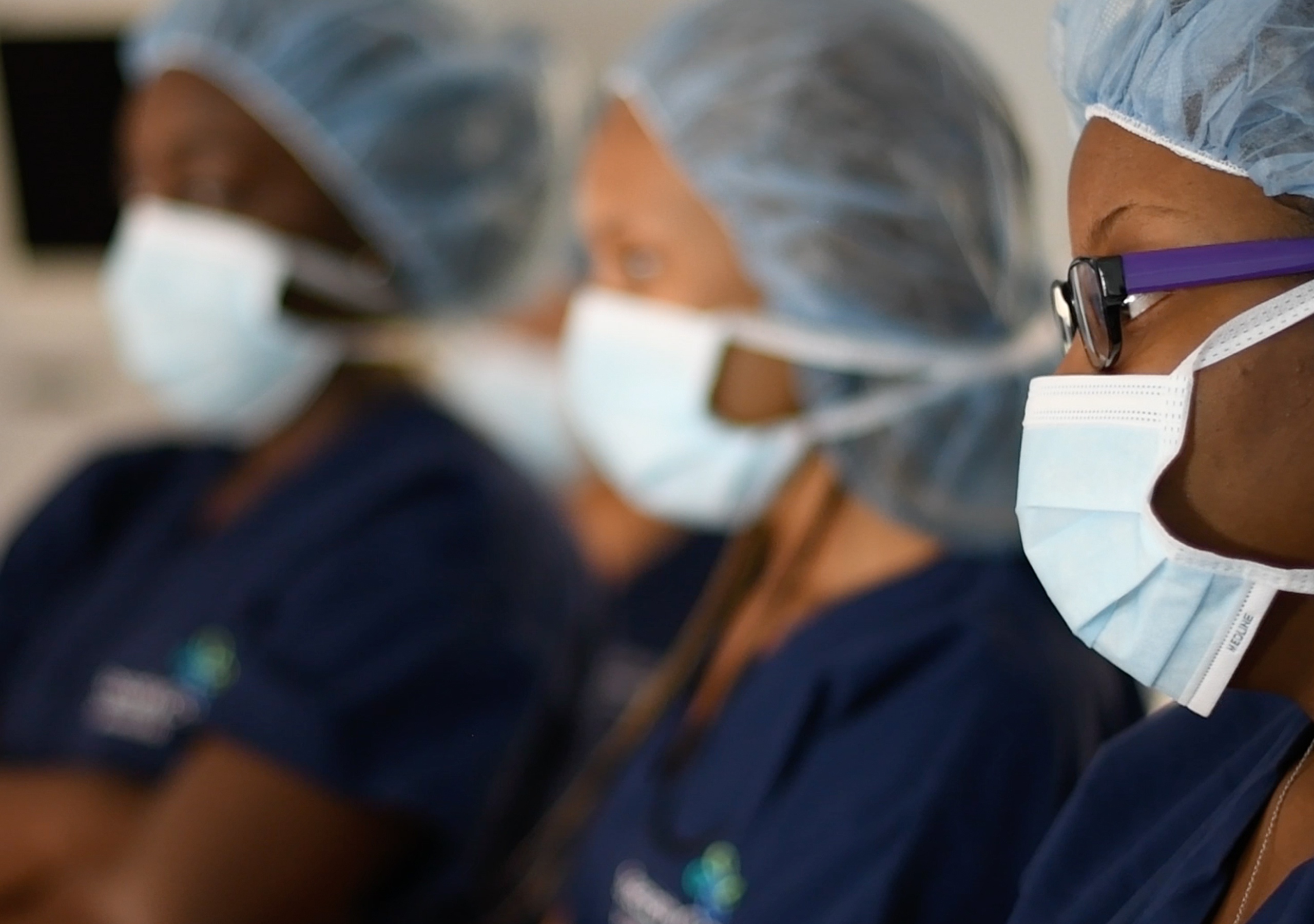
Scientists have been fascinated with the workings of the human nervous system dating back to the time of Hippocrates and well before. Today, as members of the healthcare community gain a greater understanding of the system—how to treat its disorders and protect its integrity—interest in the topic continues to grow. The American Clinical Neurophysiology Society (ACNS) has been a leader in education and training for the past 70 years, and its recent annual meeting continued this tradition. SpecialtyCare was pleased to present two new research studies at the event to advance the community’s understanding of intraoperative neuromonitoring (IONM) and its impact on patient health and safety.

Dr. Jeffrey Cohen
Our National Medical Director, Jeffrey Cohen, MD, PhD, FAAN, FACNS, presented “Neurologic Outcome Following Intraoperative Neurophysiologic Signal Change in Carotid Endarterectomy (CEA) Surgery.” The study of 5,414 consecutive patients in SCOPE, the SpecialtyCare Operative Procedural Registry™, reviewed evolving cerebral hypoxia during CEA surgery to examine the relationship between intraoperative resolution of neuromonitoring change and new onset of postoperative neurologic deficit. The incidence of new postoperative neurologic deficits was highest in procedures with unresolved or partially resolved neuromonitoring changes. By comparison, postoperative deficit rates were significantly lower in procedures with full resolution of IONM changes. The degree of resolution is quantitatively predictive of outcome, supporting the efficacy of neuromonitoring and corrective action in the face of cerebral hypoxia during CEA surgery.

Dr. Anthony K. Sestokas
Anthony K. Sestokas, PhD, DABNM, FASNM, Chief Clinical Officer, Intraoperative Neuromonitoring, reviewed the “Effect of Surgical Approach on Neuromonitoring Alert Rates and Neurologic Outcome in Lumbar Spine Surgery.” This study looked at 25,020 consecutive lumbar spine procedures in SCOPE™ and examined the difference in the rates of alerts and postoperative deficits by surgical approach and the number of spine levels operated on. Our data show that while differences between the lowest and highest alert rates across the five studied approaches were statistically significant, there were no significant differences in postoperative neurologic deficit rates. When we collapsed across approaches, the rate of neuromonitoring alerts increased with the number of levels operated on. In short, neuromonitoring alert rates vary with surgical approach and number of levels, but are not tightly coupled to postoperative neurologic deficit rates. The use of IONM in lumbar spine surgery may help mitigate neurologic injury despite an increase in neuromonitoring alerts during some surgical approaches to the spine.
Details on these and other IONM studies, including “Neuromonitoring Changes and Neurologic Outcome by Approach and Number of Levels in Extradural Cervical Spine Surgery,” are available in our Resource Library. Thank you to the ACNS for a terrific meeting. We’d also like to extend a special thank you to two of SpecialtyCare’s remote neuromonitoring physicians (RNPs)—Adam Juersivich, MD, and Gowri Lakshminarayan, MD—who served as members of the 2017 ACNS program committee. Dr. Lakshminarayan also gave a presentation entitled, “Career Opportunities in NIOM – An Overview,” which was part of a Special Interest Group on “Neurophysiological Intraoperative Monitoring.” Participating in meetings such as this throughout the year is a big part of our commitment to sharing the evidence-based insights that come from the work our surgical neurophysiologists and RNPs perform every day. It’s an honor to be part of the community’s ongoing effort to advance clinical neurophysiology and patient health and safety.
LEARN MORE ABOUT IONM



Comments are closed.